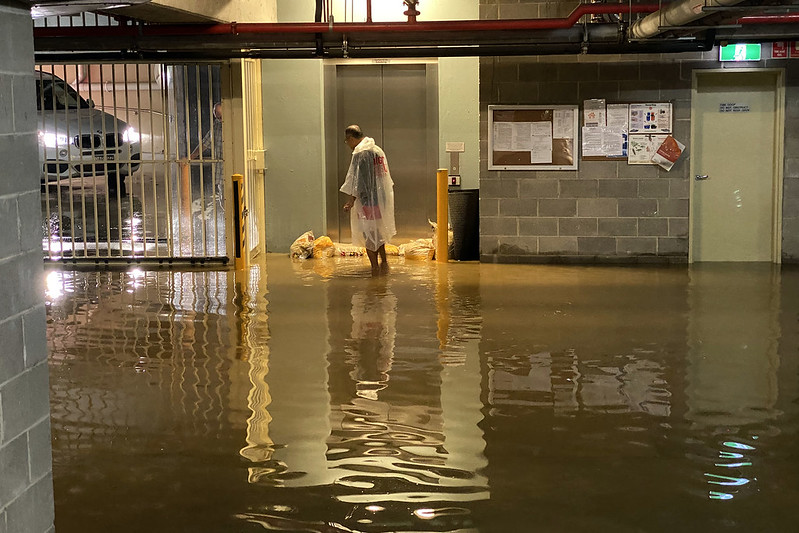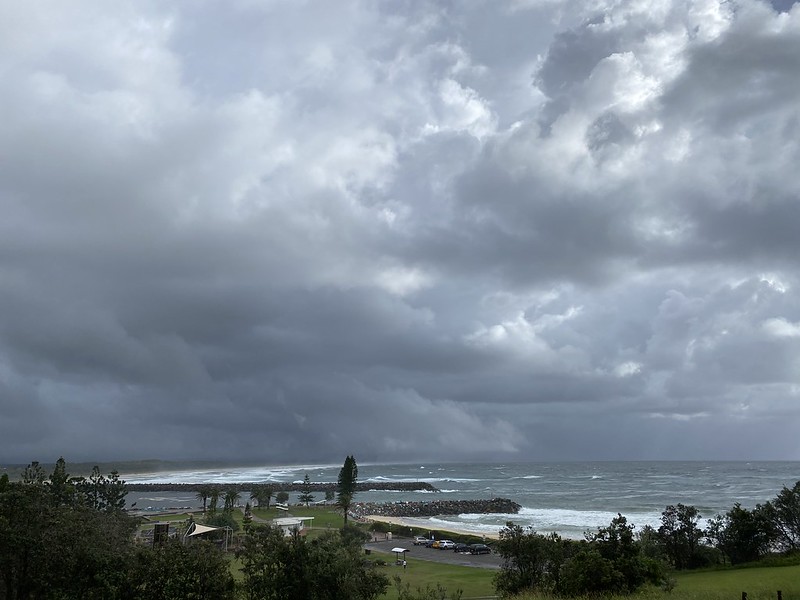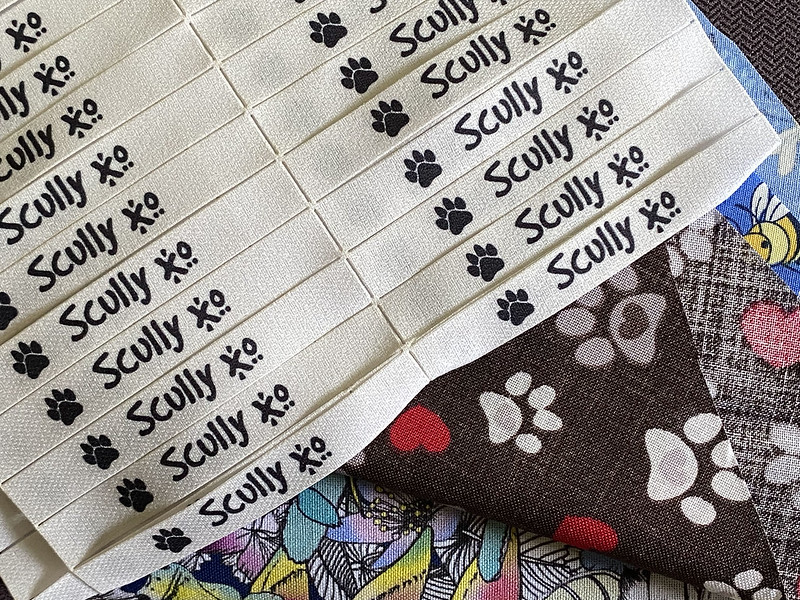This entry is a few hours late because we had board games night last night, in person at a friend’s place. After the obligatory pizza, we played two new games: Legacy of Dragonholt, and The Crew: The Quest for Planet Nine.
The first is about halfway between a traditional roleplaying game like Dungeons & Dragons, and a giant choose-your-own adventure book. Up to six players create characters using a very simple system: choose race, class, then pick skills from a list. You have a Stamina score of 14, but it’s reduced by 2 for every skill above 5 that you choose. Then write yourself a free-form background, appearance, and personality notes.
We had a catfolk rogue, orc brawler, gnome apothecary, human wildlander, dwarf knight, and I played an elf sage. Although I had archery skill (which I took from my elven background), I decided my character was a man of the world – a traveller interested in all things foreign, keen to learn new things about other people and cultures and history. So I liked meeting people, and having fun, and attending fancy parties, and enjoying the finer things in life.
The game proceeds by one player (or in our case we used a spare person as a pseudo-GM) reading entries from a large booklet, describing our mission to travel to the village of Dragonholt to assist a long-time friend, who has sent us a letter asking for help. There’s a physical letter that we opened and read, and then the booklet describes our journey to the village. Without spoiling what happens, the text comes to various decision points, where you need to choose from a range of possible actions. At each decision point, one of the players must choose what action to take, and then that player spends their action token. Once spent, you can’t decide anything. So after five players have made decisions, the next decision, whatever it is, must be made by the only player not to have yet made a decision. Once all players’ tokens are spent, they all reactivate.
Some decision options require you to have certain skills. For example (made up by me, not in the game), if the decision has the options to try some mushrooms you found, or ignore then and continue on the road, then the option to try the mushrooms might only be available if the character making the decision has Alchemy skill. So when it comes down to the final character deciding something, sometimes your options are very limited. In this game there was one decision point where there were 7 or 8 options, but the character making the decision only had the skills to choose from two of them. Various events that happen depend on your Stamina or may reduce Stamina, or may deprive you of skills temporarily. And several events and choices depend on what previous things you’ve chosen to do, and how much time has passed.
The opening part of the adventure ended when we arrived at Dragonholt. The game suggests this is a good time to take a break, so we did. There were a lot of decisions, but the first part felt quite linear, like we had to eventually make it to the village. I expect the next part will be more divergent and open-ended. The game is well-written and was a lot of fun, especially with our pseudo-GM adopting amusing accents for all the characters we met. It was very light on rulesy stuff, and no dice rolling, so it felt very light compared to D&D, but there was plenty of scope for character roleplaying. This game definitely suits character roleplayers over crunchy game mechanicy dice-rolling fans. We had a lot of fun, and I recommend it.
The second game, The Crew: The Quest for Planet Nine, is a lightly space-themed card game. It’s basically a trick taking game with cards numbered from 1-9 in four suits, plus a fifth suit of trump cards numbered 1-4. It’s cooperative, rather than competitive. The players are ostensibly a space crew, working together to survive on a space mission. To survive, you need to complete an increasingly difficult series of tasks.
Each mission is a round of the card game. You deal out all the cards. Whoever has the 4 of trumps is the mission commander, and will lead the first trick. Normal trick-taking rules apply (follow suit, etc.). Before leading the first trick, however, a set of “challenge” cards are turned over. This is a small deck with copies of the non-trump cards. For an easy challenge, you just turn over one of these cards, and the commander takes it. To win the mission, each person with a challenge card must win the trick containing that challenge card.
For example, the commander gets the challenge card “3 of yellow”. The commander must try to win the trick containing the yellow 3 card. And everyone must help. As soon as the commander wins that card, the mission is a success and you stop taking tricks, and go to the next challenge. If the commander fails to win that card, the mission is a failure and you need to re-attempt it.
The first challenge is easy. It ramps up in difficulty pretty quickly. After several hands we were at a challenge where three different players had to win specific cards, and those cards had to be won in a specific order. (Earlier challenges had multiple cards but you could win them in any order.) This was getting quite difficult and we had to repeat this challenge 3 or 4 times before we won it. I don’t know how much higher in difficulty the challenges get, but it could end up being a real brain-buster. It was fun, but yeah, you really need to hone your trick-taking skills to do well in this game.
New content today:


















